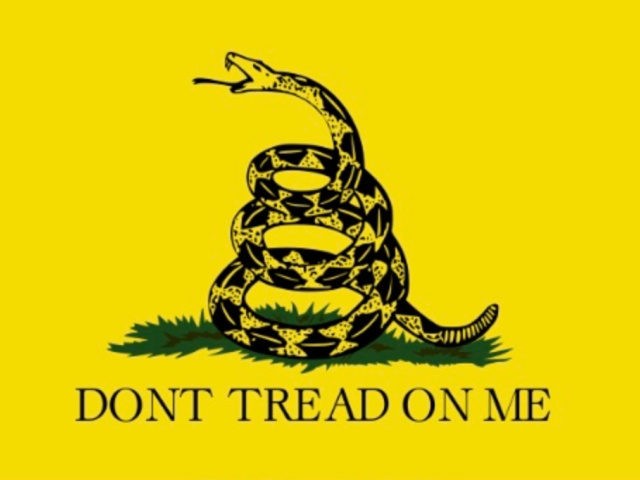When Americans think of “raising the colors,” they inevitably picture the Stars and Stripes, maybe the iconic moment captured in Iwo Jima Memorial or the battered flag of Fort McHenry that Francis Scott Key immortalized. But the soldiers of the Revolutionary War fought under many banners and flags, including ones that have become controversial today.
These flags, which symbolized the unit’s collective mission, were to be protected at all costs. Carrying them was a badge of honor despite the danger involved. We will never know all the sacrifices made to protect and preserve “the colors” carried into battle by a unit, flown over a fort, or raised to inspire the dreams of a nation.
The remarkable story of one such flag that flew over Fort Washington is now told in the new bestselling book, The Indispensables: Marblehead’s Diverse Soldier-Mariners Who Shaped the Country, Formed the Navy, and Rowed Washington Across the Delaware. The book is a Band of Brothers-style treatment of the regiment from Marblehead, Massachusetts, a unique largely unknown group of Americans who changed the course of history.
The fall of Fort Washington in Manhattan in November 1776 was the lowest point in the war for General George Washington. Multiple sources report seeing the general cry like a child while watching the action through his spyglass from across the river in New Jersey. In addition to the strategic loss and battle casualties, many of the surrendered troops were massacred and thousands more were forced to march through an abusive gauntlet of British and Hessian soldiers. Most were then loaded onto floating concentration camps–the filthy, disease-filled prison ships that filled New York Harbor and from which few would ever emerge.
In the midst of the melee, however, one American, Richard Thomas Atkinson, refused to surrender entirely. As the Hessians who accepted the fort’s surrender disregarded the rules of war and began slaughtering the American soldiers inside, he furtively lowered the fort’s flag, which proclaimed “Don’t Tread on Me,” and passed the colors to another soldier rather than hand them over to the enemy. That soldier hid the colors inside his breeches and carried the flag covertly into captivity until he was able to escape, and months later, proudly delivered the colors personally to General Washington.
That precious flag that the soldiers fought under and protected with their lives undoubtedly carried the image of a rattlesnake. Benjamin Franklin, who first used a rattlesnake to portray the American colonies, saw many positive points of comparison, “She never begins an attack, nor, when once engaged, ever surrenders: She is therefore an emblem of magnanimity and true courage. …she never wounds ’till she has generously given notice, even to her enemy, and cautioned him against the danger of treading on her. …Tis curious and amazing to observe how distinct and independent of each other the rattles of this animal are, and yet how firmly they are united together, so as never to be separated but by breaking them to pieces. One of those rattles singly, is incapable of producing sound, but the ringing of thirteen together, is sufficient to alarm the boldest man living.”
This 1754 woodcut illustration in Benjamin Franklin’s ‘Pennsylvania Gazette’ is the first instance of the American Colonies depicted as a snake.
Source: Benjamin Franklin/Library of Congress/Wikimedia Commons
The symbol’s initial purpose was to convey unity—to encourage the thirteen colonies to join together. Tragically, a flag originally designed to inspire unity and that elicited such devotion and sacrifice has come to be viewed by some as a symbol of division and extremism. What would Continental soldier Richard Thomas Atkinson think of what has become of the flag and country he risked life and limb to protect?
Patrick K. O’Donnell is a bestselling, critically acclaimed military historian and an expert on elite units. He is the author of twelve books, including The Indispensables, which is featured nationally at Barnes & Noble and would make an excellent Father’s Day gift. His other bestsellers include Washington’s Immortals, and The Unknowns. O’Donnell served as a combat historian in a Marine rifle platoon during the Battle of Fallujah and often speaks on espionage, special operations, and counterinsurgency. He has provided historical consulting for DreamWorks’ award-winning miniseries Band of Brothers and documentaries produced by the BBC, the History Channel, and Discovery. PatrickODonnell.com @combathistorian


COMMENTS
Please let us know if you're having issues with commenting.